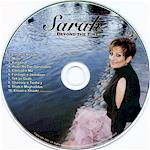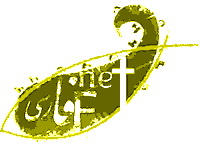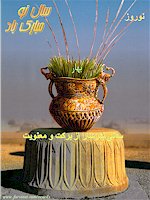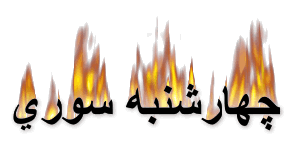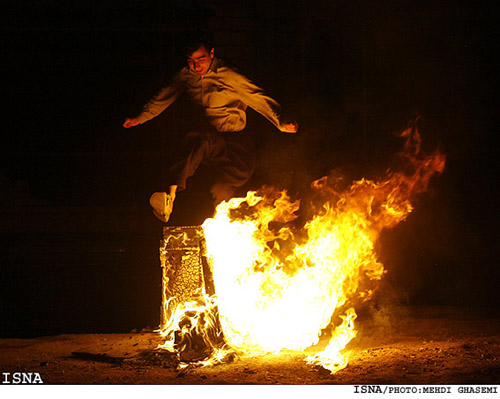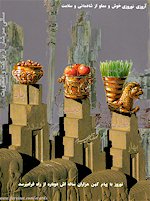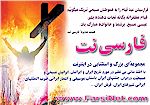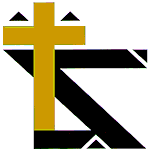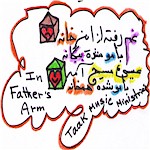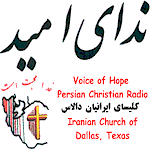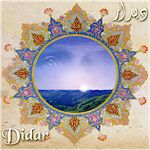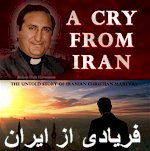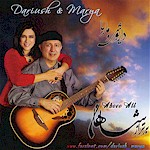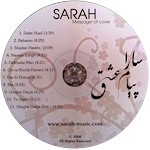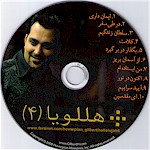| Ash Wed. | Palm Sunday | Good Friday | Easter - عید رستاخیز | شگفتی رستاخیز | Freedom!! | تثلیث - Trinity | Easter Greetings | جمعه نيک | |||||||||||||||||||||||||||
|
|
| Magi - Wisemen |
|
| نور جهان تولد يافت | ||||||||||||||||||||||||||||||
| سال تحويل |
| Nowruz - نوروز | Nowruz Greetings - كارت تبريك | Nowruz Poetry-شعر نوروز | HaftSeen | Nowruz History | |||||||||||||||||||||||||||||
| موسسه تعليم | رستوران ايرانى |
| راديو ندای اميد | Sohrab Books | Poetry - شعر | Sermons |
| خانواده مسيحی | سرودهاى مسيحى فارسى | ||||||||||||||||||||||||||
| انتشارات ايمان و اميد | Radio & TV | ضرب المثل هاى مشهور ايرانى | راديو مژده | فارسی | ZanAmu |
|
| Freedom!! | |||||||||||||||||||||||||||
| مشاوره مسيحی | صبح بخیر دوستان | Church of Iran | روح القدس | انجيل برنابا | News! | انجيل | كليساى ايران |
تأملاتى در روحانيت
|
Gospel Of Barnabas
|
عروسى ايرانى
|
مسيحيت در ايران
باستان
|
كليساى لند ن
|
تعادل بين فيض و ايمان
|
Church of London
|
Spiritual Reflections
|
راديو و تلوزيون فارسى
|
انتشارات
ايمان و اميد
|
|
Radio & TV
|
فارسی
|
ZanAmu
|
|
|
Freedom!!
| | |||||||||||
 - Do you have any questions or suggestions?
Send us your feedback.
- Do you have any questions or suggestions?
Send us your feedback.
Your Opinion Counts. Check FarsiNet Visitor Opinion and Comments.
If you find any Dead Link, please let us know Dead Links.
Copyright © 1995-2025 FarsiNet, Inc. All Rights Reserved. 032195 this page views - 368,401,172 total page views - 1,691,710,621 total file requests)
See our Important Disclaimers and Legal Information ... Online Images and Files Proper Use Statement
|
|
